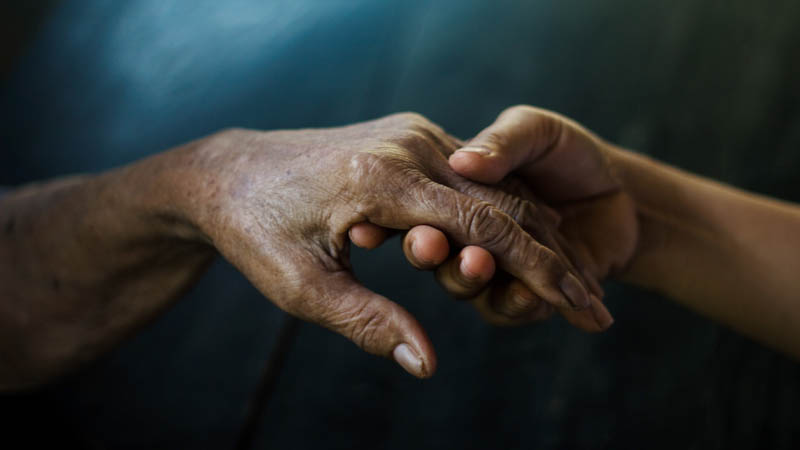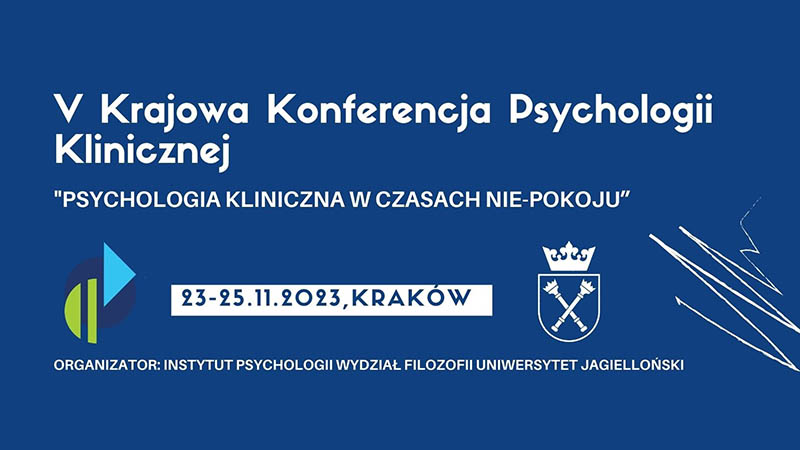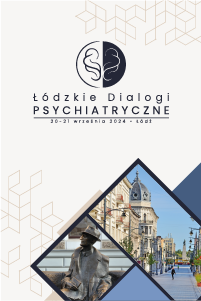Loneliness and Internet addiction of Polish adolescents
Izabela Tabak1, Dorota Zawadzka1,2
 Affiliacja i adres do korespondencji
Affiliacja i adres do korespondencjiBackground and aims: Internet addiction in adolescents has been a growing problem over the recent years. The aim of the study was to assess the relationships between Internet addiction, loneliness (social and emotional) and adolescents’ lower quality of life. Methods: An anonymous survey was conducted in Poland in lower and upper secondary schools on a sample of 376 students, aged 14–19. The Young’s Diagnostic Questionnaire, the De Jong Gierveld Loneliness Scale and KIDSCREEN-10 index were used. The statistical analysis of the data included χ2 test, partial correlations (SPSS v. 23) and path analysis (AMOS v. 19). Results: Of the participants, 11.6% were identified as addicted to Internet, and 8.2% – as being at risk of addiction; 37.8% of the participants were moderately lonely, and 2.5% – severely lonely. Partial correlations with age and gender as controlled variables revealed relationships between Internet addiction and overall and emotional loneliness, but not social loneliness nor quality of life. Path analysis confirmed significant associations between Internet addiction and emotional loneliness, and between emotional loneliness and quality of life. Emotional loneliness was a statistically significant mediator between Internet addiction and quality of life. Conclusions: Internet addiction is a predictor of adolescents’ loneliness, and excessive use of the Internet indirectly lowers the quality of life of young people, causing emotional loneliness. Our study indicates a correlation, not a causal relation. Lonely individuals may use the Internet compensatively.















